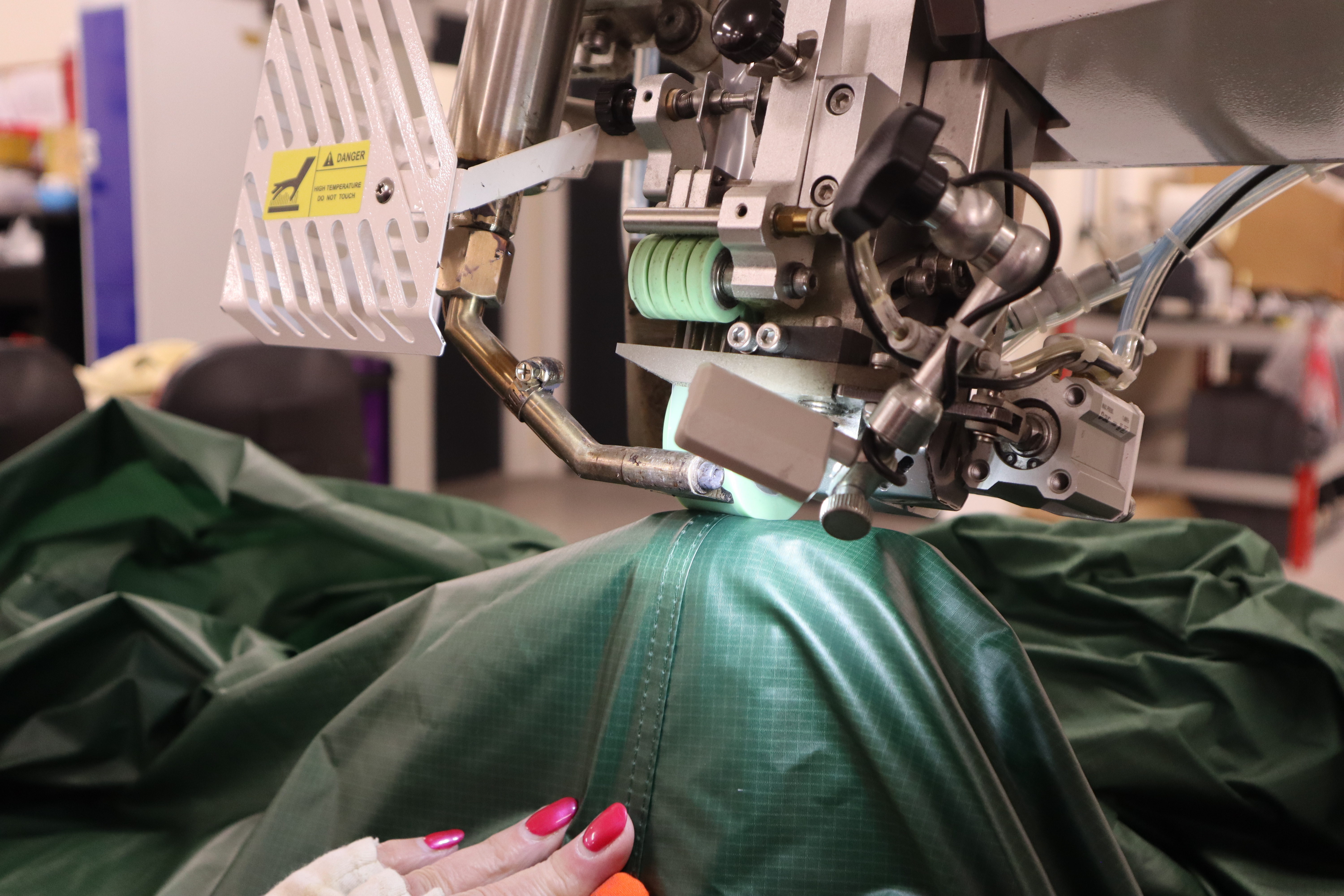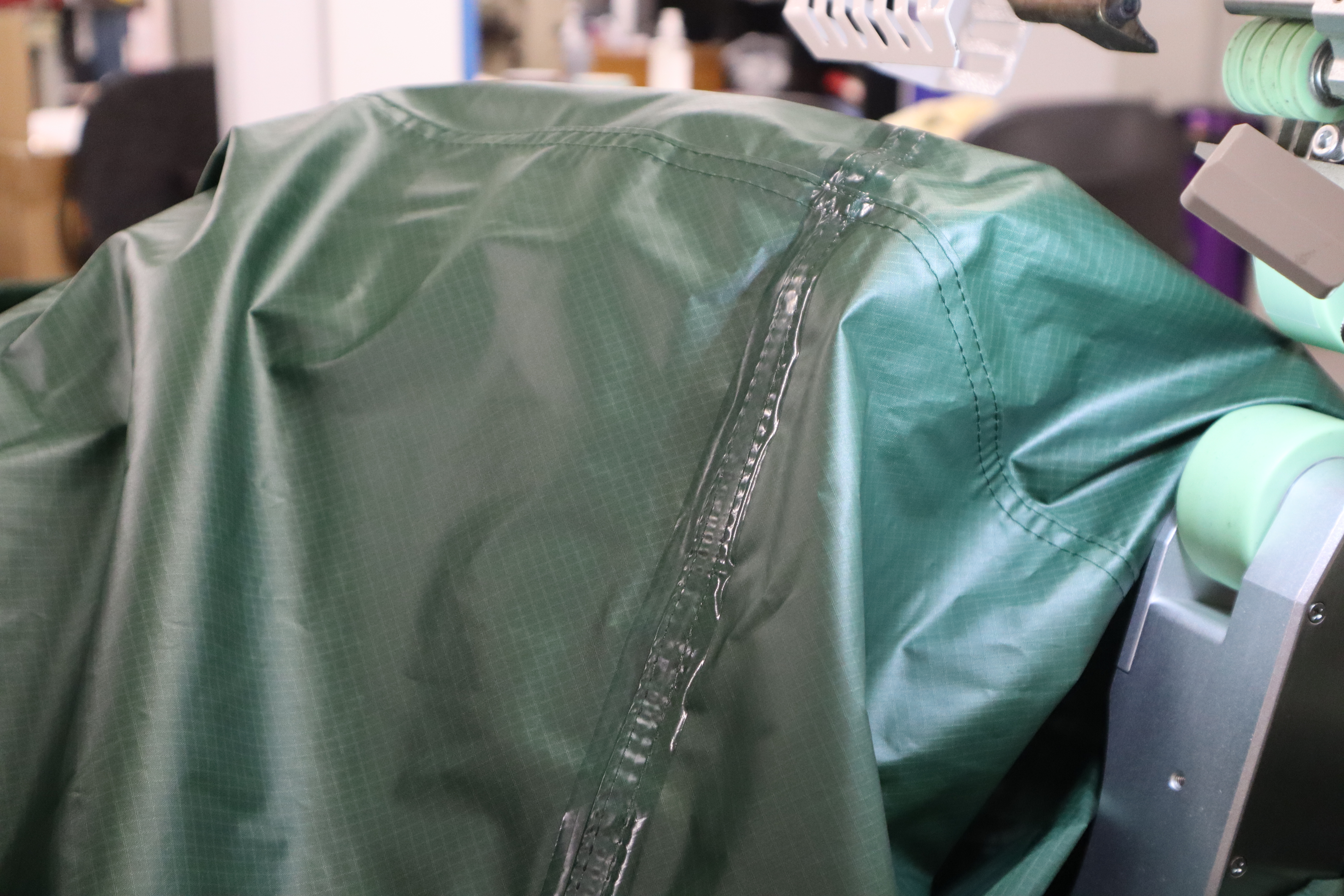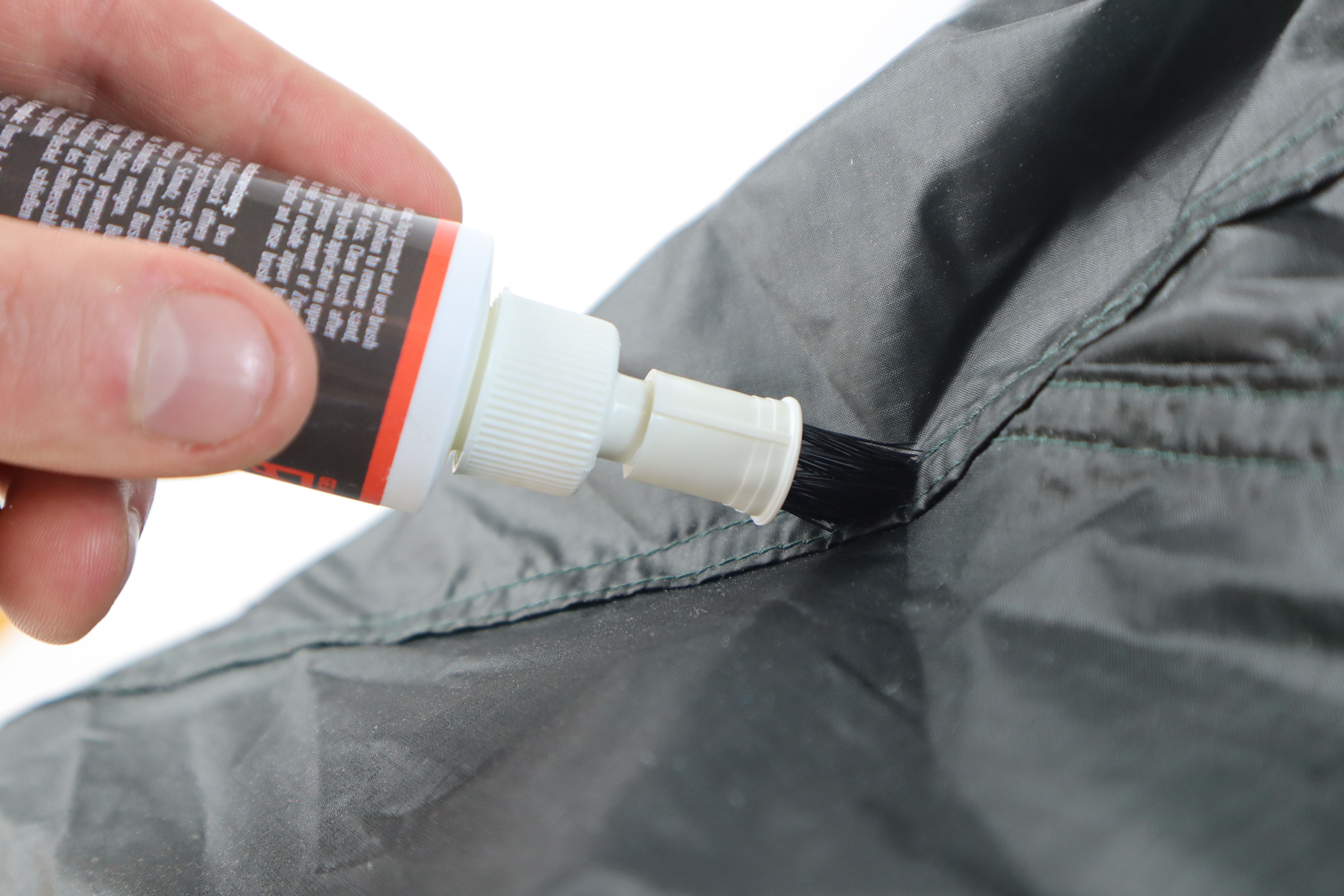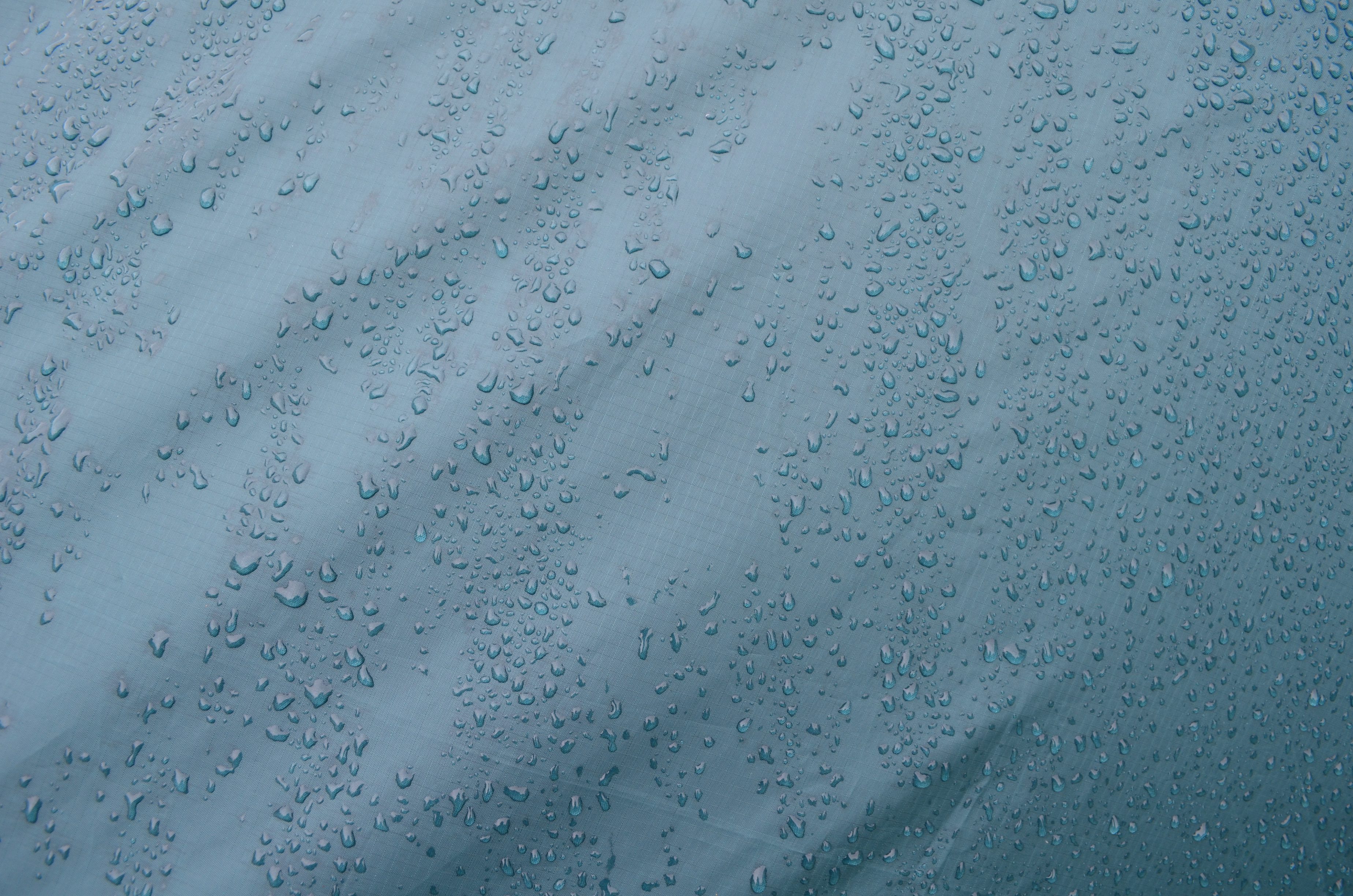Free Delivery Over £50*
Let’s face it, no one wants a leaky tent, especially when you have spent all day daydreaming about chilling out in the sanctuary that is your tent; the last thing you want is for rain to be sneaking through the seams! If your tent has leaked in the past, chances are it needs some seam sealant.
Seam sealing is a great way to ensure your tent is fully waterproof and prevents any potential leaks. Better yet, you can do it from home! But how exactly do you seam seal a tent? And is it always necessary to do so? In this blog, we will help you decide whether or not you need to seam seal your tent, how to identify potential leaks, and how to successfully seam seal your tent.
Seam sealing and seam taping ultimately do the same thing; seal the seams of a tent to offer greater waterproofing. However, there are reasons to choose one over the other and it all comes down to the fabric of your tent.
Silicone/silicone tents cannot be factory seam taped due to the slippery surface of the fabric, which is why it is always recommended to seam seal your tent. Our Silicone/Silicone tents such as the Laser Compact series now come with a factory silicone-sealed main seam, which means you won’t need to seam seal your tent. However, other tent manufacturers don’t offer this, so you’ll need to seam-seal your tent before you head to the hills.
Seam sealing involves applying a layer of sealant to the interior and/or exterior seams of your tent to create a waterproof barrier. We apply a sealant to the seams as this is the most vulnerable part of a tent due to the stitching, ultimately benefiting from the extra waterproofing.
However, every tent is different and tents made from Silicone/PU will usually already have been seam-taped at the manufacturing stage. The seam-taping process involves applying a layer of tape to the seams to provide waterproof protection; this is applied by specialist machinery and cannot be done at home.

Seam taping machinery in our factory

Tent seams after being taped
If your tent is seam taped by the manufacturer, you can hit the hills confidently knowing your tent is waterproof. However, over time, seam tape can tear, flake, and degrade from exposure to UV rays, compromising its effectiveness in keeping you dry. If you notice your seam taping looking damaged, get in touch with us for a free quote to re-tape your tent back to its former glory.
Seam sealant is like applying a layer of glue to create a watertight seal. Before you begin, there are a few things to consider to make sure you seal the tent correctly:
Shopping List:
STEP 1: Pitch your tent. Make sure it is completely dry and clean.
STEP 2: Apply a layer of sealant to the interior seams working from the corners upwards.
STEP 3: Use the brush to distribute the sealant evenly on the seams.

STEP 4: Leave it to dry! Leave your tent at least 6 hours/overnight to ensure the sealant is cured.
STEP 5: Test for leaks! Using a hose, cover your tent in water and check your sealant has worked. If water is getting through the seams, dry your tent and apply more sealant to that area.

For more tips, tricks and how-tos, check out the Terra Nova Equipment blog.